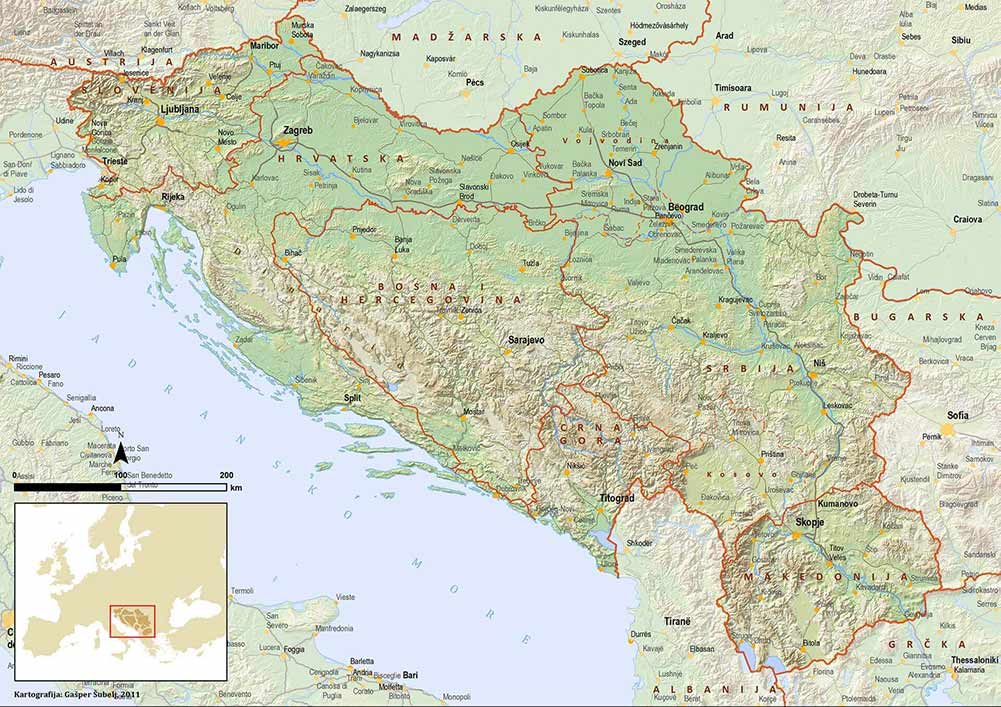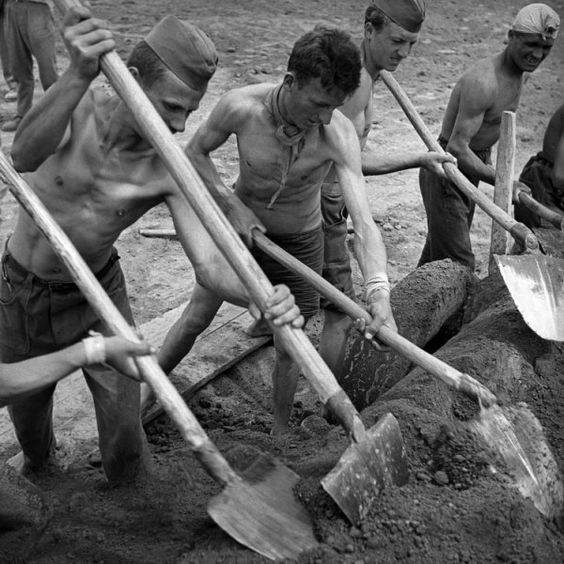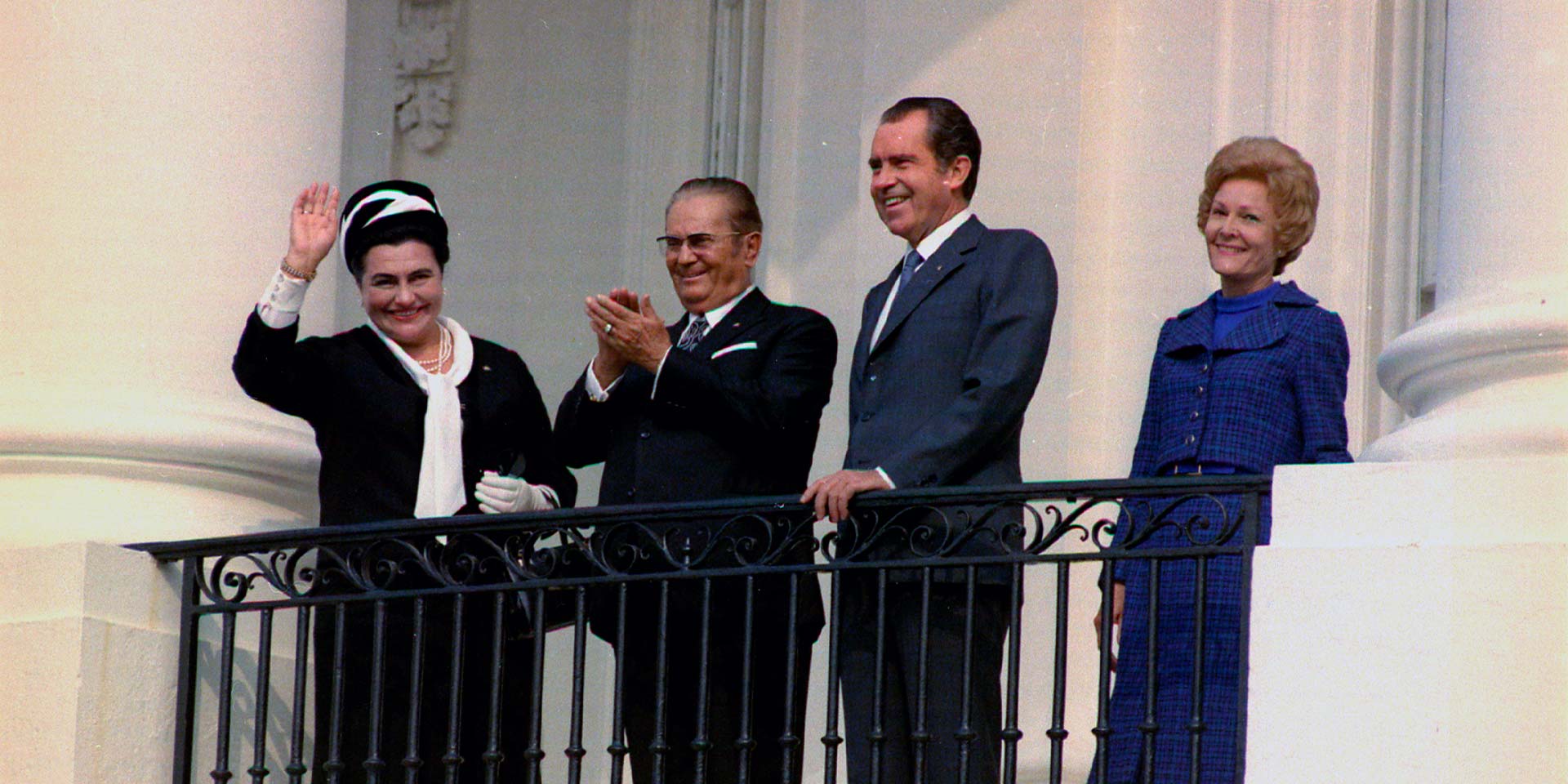The term “Tito’s Yugoslavia” generally refers to the period of the post-World War II era, from 1945 to 1980, under the leadership of Josip Broz Tito. This period was marked by significant social, economic, and political changes that distinguished Yugoslavia from other Eastern European countries.
The Unification of the South Slavs into Yugoslavia
The Kingdom of Yugoslavia, also known as the First Yugoslavia, was a fascinating geopolitical creation of the early 20th century. Its formation was a result of a complex interplay of ideas, aspirations, and historical circumstances.
The idea of a united South Slavic state was not new. It had been nurtured for centuries, particularly among intellectuals and politicians from Croatia, Serbia, and Slovenia. The Illyrian Movement in the 19th century, for instance, sought to unite all South Slavs under a common banner. This idea was further fueled by the rise of nationalism in Europe, which inspired many to dream of a nation-state that would unite all South Slavs.
World War I played a crucial role in the creation of Yugoslavia. The collapse of the Austro-Hungarian Empire at the end of the war left a power vacuum in the region. The Kingdom of Serbia, which had emerged victorious but devastated from the war, saw an opportunity to unite the South Slavs. On December 1, 1918, the Kingdom of Serbs, Croats, and Slovenes was proclaimed, marking the birth of the First Yugoslavia.
The creation of Yugoslavia was seen as a triumph of the idea of South Slavic unity. However, it was also a grand experiment, as it sought to unite diverse peoples with different histories, religions, and cultures under a single state. The challenges of this experiment would become evident in the years to come, but in 1918, the dream of a united South Slavic state had become a reality.
The Diverse Geographical Landscape of Yugoslavia
The Kingdom of Yugoslavia, located in Southeastern Europe, was a diverse and geographically rich country. It was nestled between the Adriatic Sea to the west, the Danube River to the north, and the rugged Dinaric Alps running along its coastline. Covering an area of about 255,804 square kilometers, Yugoslavia was a mosaic of landscapes, from fertile plains and rolling hills to towering mountains and serene coastlines.
The country was home to a diverse array of ethnic groups. Serbs, Croats, and Slovenes were the largest, with several other ethnic groups also present. This ethnic diversity was a testament to the country’s complex history and its position at the crossroads of different cultural and historical influences
Yugoslavia was rich in natural resources. Its fertile plains, particularly in Vojvodina and Slavonia, were perfect for agriculture. The country was also rich in minerals, including coal, copper, and zinc, and its forests were a valuable source of timber. The Adriatic coast, with its beautiful beaches and picturesque towns, held great potential for tourism.
In essence, the Kingdom of Yugoslavia was a country of great geographical diversity and natural wealth. Its unique position in Europe and its rich resources provided it with significant potential for development.

The Rise of Josip Broz Tito
Josip Broz Tito, born in 1892 in Kumrovec, a small village in Croatia, was a significant figure in Yugoslav history. His early life was marked by hardship and struggle, which shaped his political views. During World War I, he served in the Austro-Hungarian Army, was captured on the Eastern Front, and became a prisoner of war in Russia. It was there that he first came into contact with the ideas of communism.
After the war, Tito returned to the newly formed Kingdom of Yugoslavia and became involved in the labor movement. He joined the Communist Party of Yugoslavia (CPY) in 1919. His dedication and organizational skills quickly propelled him up the ranks, and by 1937, he was elected as the General Secretary of the CPY.
Tito’s commitment to the communist cause also led him to participate in the Spanish Civil War (1936-1939), where he helped organize the Yugoslav volunteers in the International Brigades. By 1941, Tito had firmly established himself as a leading figure in the Yugoslav communist movement, ready to play a crucial role in the upcoming World War II.
World War II and the Emergence of the Partisan Movement
The Kingdom of Yugoslavia was thrust into the chaos of World War II on April 6, 1941, when Axis forces launched a swift and brutal attack known as the April War. Despite a valiant defense, the country was overrun within eleven days, and the royal government fled into exile.
In the wake of the Axis occupation, two major resistance movements emerged: the royalist Chetniks, led by Draža Mihailović, and the communist Partisans, led by Josip Broz Tito. Initially, both groups fought against the occupiers, but ideological differences soon led to a bitter conflict between them.
The Partisans, committed to the idea of a socialist Yugoslavia, gained the upper hand. Tito’s leadership and the Partisans’ commitment to equality among the diverse ethnic groups of Yugoslavia won them widespread support. They launched a guerrilla war against the Axis forces, proving to be a formidable adversary. Their resilience was demonstrated in major battles such as the Battle of Sutjeska and the Battle of Neretva, where they managed to inflict significant losses on the enemy and survive against overwhelming odds.

As the tide of the war turned in favor of the Allies, the Partisans’ position strengthened. They received recognition and support from the Allies, who saw in them the most effective resistance movement in occupied Europe. By the end of 1944, the Partisans had liberated large parts of Yugoslavia with minimal external assistance.
In May 1945, the Partisans, now known as the Yugoslav Army, completed the liberation of Yugoslavia. They emerged from the war as heroes, with Tito at their helm. The victory in World War II marked not only the end of the Axis occupation but also the beginning of a new chapter in Yugoslav history: the establishment of a socialist Yugoslavia.
The experience of World War II had a profound impact on Yugoslavia. It was a time of immense suffering, but also of resistance and resilience. The Partisans’ struggle and their vision of a united, socialist Yugoslavia played a crucial role in shaping the country’s post-war trajectory.
Yugoslavia Under Tito’s Command: An Era of Transformation
Josip Broz Tito’s rule from 1945 until his death in 1980 was a defining period in Yugoslav history. As the leader of the newly established Socialist Federal Republic of Yugoslavia, Tito embarked on a unique path of socialist development that set Yugoslavia apart from other Eastern Bloc countries.
One of the most significant events of Tito’s rule was the 1948 Tito-Stalin split. Disagreements over the direction of socialism led to a dramatic break with the Soviet Union. This move was risky, as it isolated Yugoslavia from the Eastern Bloc, but it also allowed the country to chart its own course. Tito introduced a system known as “self-management,” which gave workers control over enterprises and aimed to decentralize economic decision-making.
Tito’s independent foreign policy led to the creation of the Non-Aligned Movement in 1961, which sought to maintain a neutral position in the Cold War. Tito, along with leaders from India, Egypt, Indonesia, and Ghana, was at the forefront of this movement. This elevated Yugoslavia’s international standing and made Tito a respected figure on the global stage.
The 1960s and 70s were often seen as the golden age of socialist Yugoslavia. The economy was growing, living standards were improving, and Yugoslav citizens enjoyed freedoms not seen in other socialist countries. They could travel abroad, and consumer goods, from Western music to cars, were more available than in the rest of the Eastern Bloc. This period also saw a flourishing of culture and arts, with Yugoslav films, music, and design gaining international recognition.
Yugoslav society was characterized by a sense of unity in diversity. The country was made up of six republics and two autonomous provinces, each with its own unique culture and traditions. Despite the differences, there was a shared sense of Yugoslav identity, reinforced by the common experience of the Partisan struggle and the socialist project.
The spirit of camaraderie and resilience etched in the Yugoslav psyche after the turmoil of World War II was encapsulated in the ambitious post-war Labour Actions. The collective effort to rebuild and modernize the nation echoed the ethos of self-reliance and unity that marked Tito’s Yugoslavia.
In this spirit, thousands of youth from all over the federation would converge on construction sites, donning simple work clothes, their hearts buoyed by the vision of a common future. They voluntarily undertook the building of monumental infrastructures, their youthful exuberance transforming into raw, purposeful labour under the sun.
A shining example of these Labour Actions was the construction of the Brčko-Banovići railway. Like a steel vein coursing through the country’s rugged terrain, this railway was not just a conduit for transportation, but a symbol of unity, joining different ethnicities, cultures, and regions. With axes, shovels, and hammers, the youth shaped not just the rails and sleepers, but also the narrative of a nation pulling itself from the ashes of war.
Yet, these Labour Actions were more than the physical labour and the sweat-soaked soil. They were a mosaic of vibrant cultural exchange: songs resonating across the construction sites, stories spun around the campfires, and friendships blossoming amidst the grueling work. This remarkable youth movement served not only to rebuild Yugoslavia materially, but also to weave a social fabric that would underscore the identity of the ‘New Man’ of socialist Yugoslavia.

In the end, the Labour Actions were a testament to the extraordinary resilience and unity of the Yugoslav people. They were an epitome of their conviction to build a country from the ruins, and in doing so, constructed an enduring legacy that would forever be etched in the annals of Yugoslav history.
When Tito died on May 4, 1980, it marked the end of an era. His funeral was attended by numerous foreign dignitaries, making it one of the largest state funerals in history. It was a testament to Tito’s international stature and the unique role Yugoslavia had played in the world under his leadership.
However, Tito’s death also left a power vacuum and raised questions about the future of the socialist federation he had built. The 1980s would prove to be a challenging decade for Yugoslavia, as the country grappled with economic difficulties and rising nationalist tensions. But for many, the memory of the Tito era, with its vision of brotherhood and unity, remained a powerful symbol of what Yugoslavia once was and could have been.
Historical Challenge: Can You Conquer the Past?
Answer more than 18 questions correctly, and you will win a copy of History Chronicles Magazine Vol 1! Take our interactive history quiz now and put your knowledge to the test!

